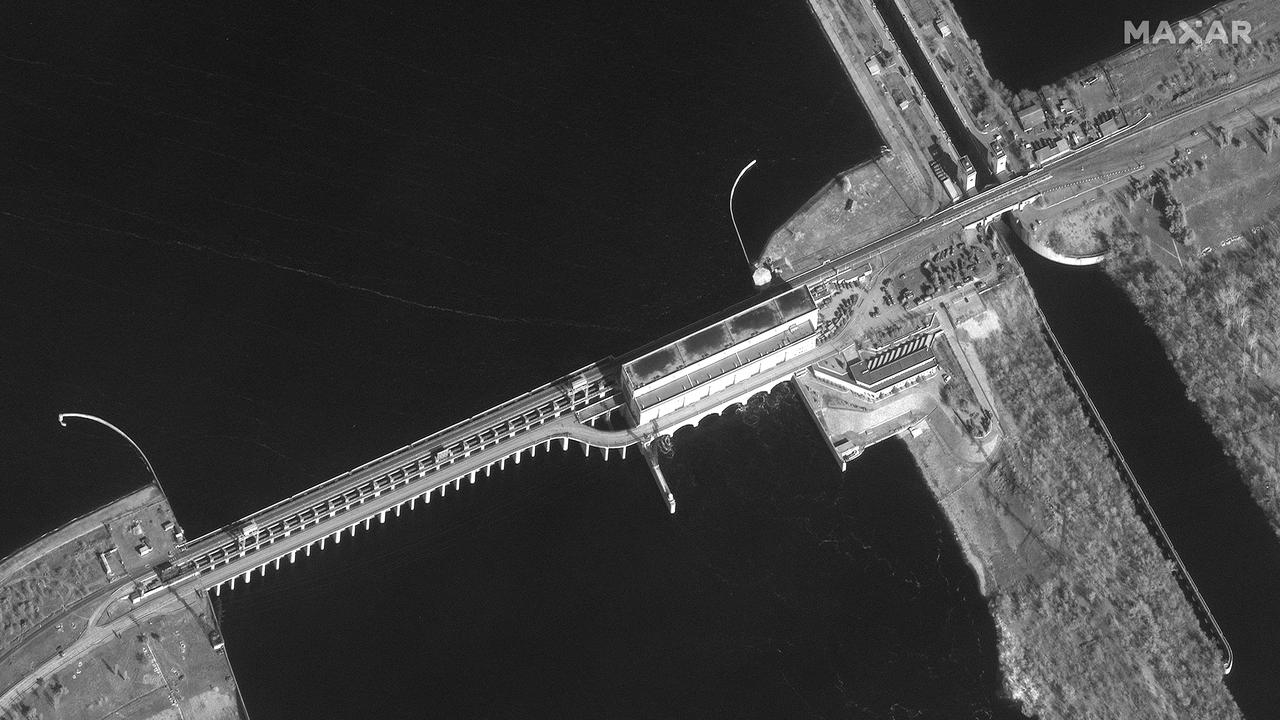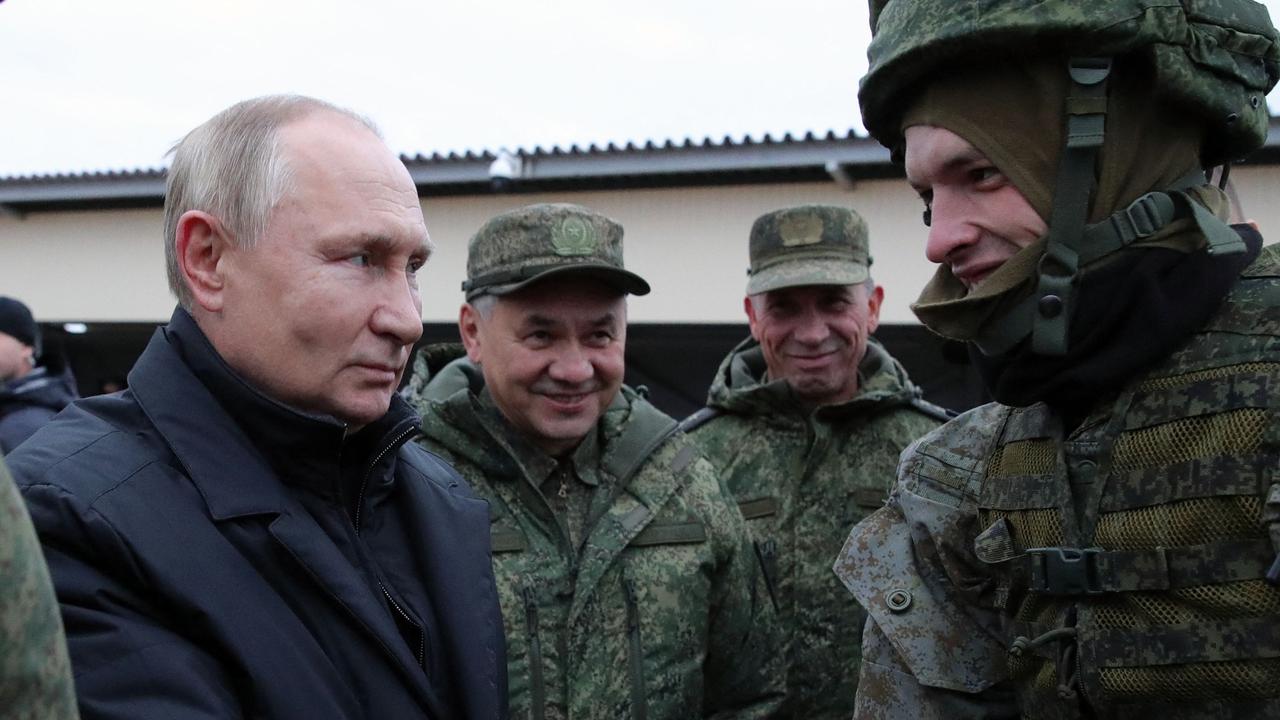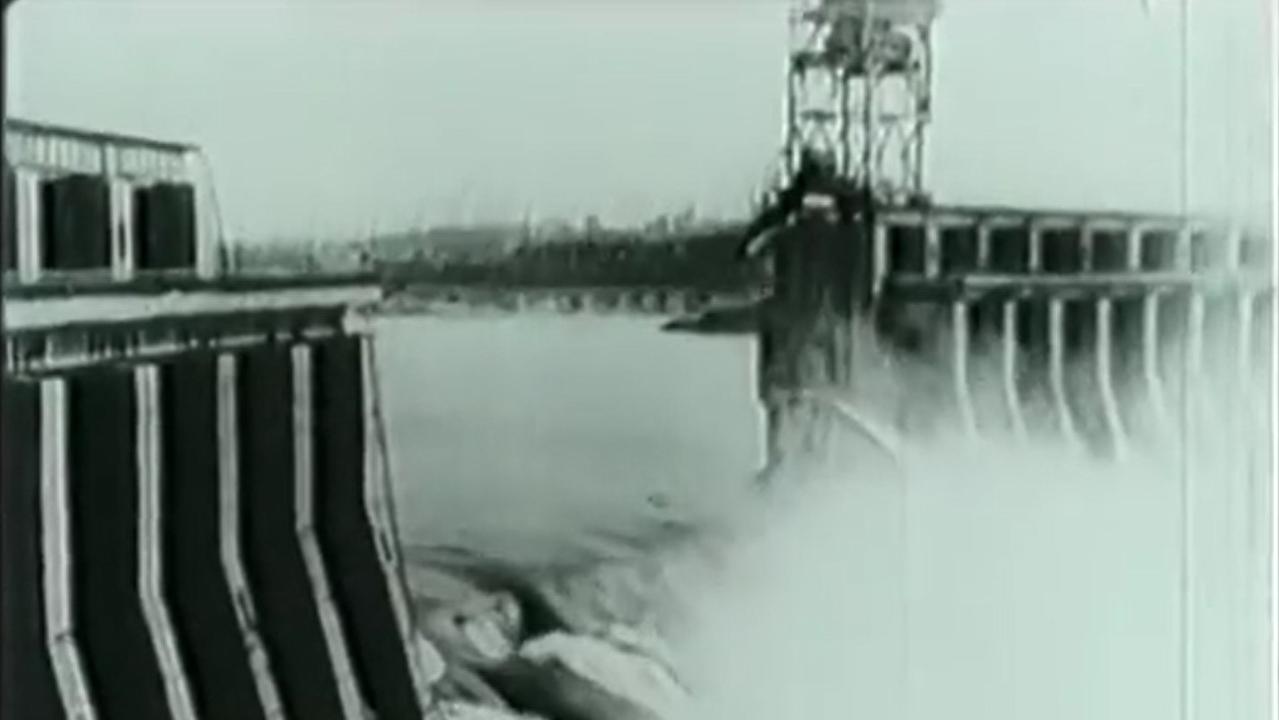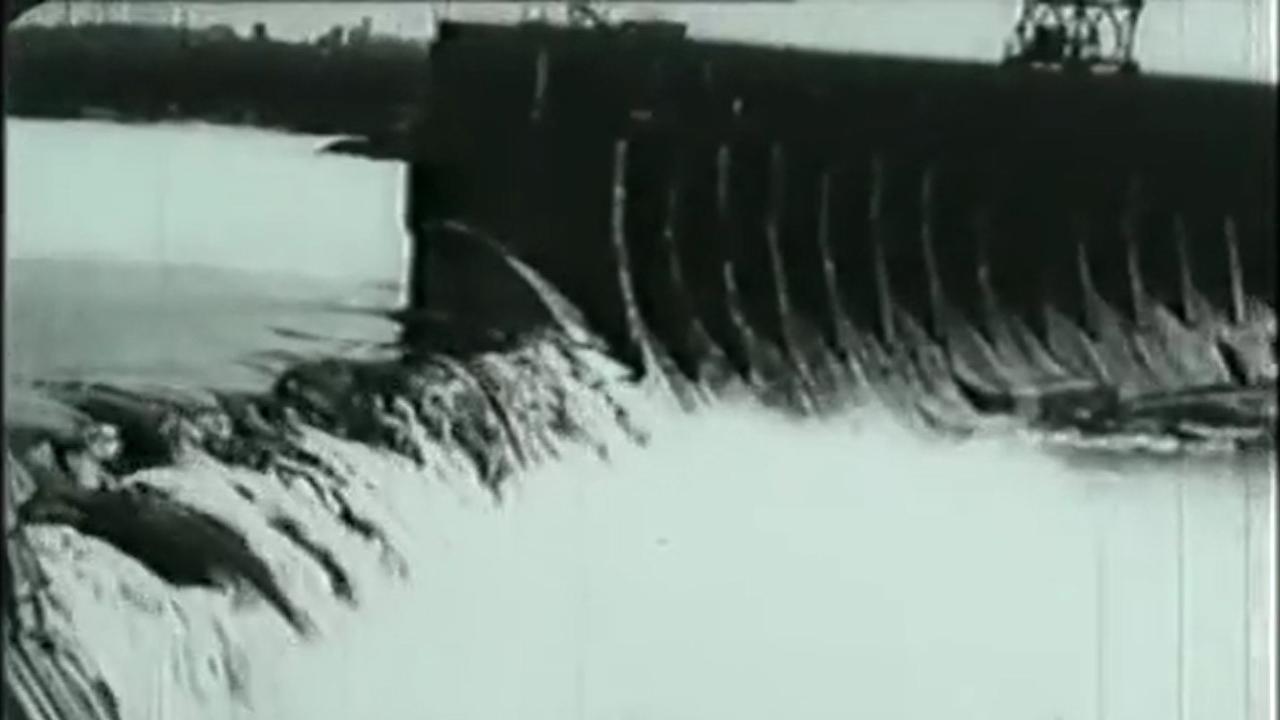Volodymyr Zelenskyy says Russia’s plans to bomb hydro-electric dam could lead to ‘large-scale’ disaster
According to Ukrainian intelligence, Russia was fully prepared for the “terrorist attack” which could result in a “large scale disaster” for the country.
The President of Ukraine has warned of a potential “large-scale disaster” that could see 80 Ukrainian towns flooded and hundreds and thousands of people impacted.
On Thursday, Volodymyr Zelenskyy told European Union leaders that Russian forces had mined a dam at the Kakhovka hydro-electric power plant, which is under Russian control.
“According to our information, Russia has already prepared everything to carry out this terrorist attack,” he said.
“The dam holds back around 18 million cubic meters of water. If Russia blows it up, over 80 (Ukrainian) settlements – including Kherson – will be in the flash flood risk zone. Hundreds of thousands of people are at risk.”
Zelensky: Russians have planted bombs at the Kakhovska hydroelectric power plant’s dum on the Dnipro River.
— Illia Ponomarenko 🇺🇦 (@IAPonomarenko) October 20, 2022
Destroying the facility may flood some 80 towns and cities, including Kherson.
Should the attack happen, US think tank, the Institute for the Study of War says Russia would likely play the attack as a false flag operation which would be attributed to Ukraine.
The effect of which would be two fold, the ISW states.
“The Kremlin could attempt to leverage such a false-flag attack to overshadow the news of a third humiliating retreat for Russian forces, this time from western Kherson,” read a report dated on October 19.
“Such an attack would also further the false Russian information operation portraying Ukraine as a terrorist state that deliberately targets civilians.”
Two nuclear power plants, and now the Nova Kakhova Dam — Putin’s KGB style of reflexive control and psychological manipulation may have worked in the past, but he’s a military disaster, and in this all too real war that will matter more than terrorising civilians
— Peter Jukes (@peterjukes) October 20, 2022

This comes as Moscow stands to lose the strategically significant region of Kherson. The oblast (the equivalent of a state) was the first to be claimed by Russia after the invasion, however Ukrainian forces have progressively reclaimed the area in a counter attack.
The port city allows access to the southern coast and Black Sea and is a marker between the country’s east and west.
In a military sense, this would allow occupying forces greater access to launch future offensives in the area.
As Battle of Kherson is now under way, here are two maps, to show peak of Russian invasion, when Russian forces controlled 30% of Ukrainian territory at end of March, and now, at 6 month point, when Ukraine has pushed Russians back so much, Russia only holds 20%#SlavaUkrainipic.twitter.com/cCqCFiZJD8
— Tomi T Ahonen Standing With Ukraine (@tomiahonen) September 2, 2022
The Russian military has also been steadily evacuating civilians as Ukraine continues its reclamation efforts. In order to aid the evacuation, Russian President Vladimir Putin also declared martial law in the four locations in Donetsk, Luhansk, Kherson and Zaporizhzhia.
According to US organisation, Understanding War, Ukrainian civilians are being incentivised to “flee to Russia as Ukrainian forces advance”.
“Occupation authorities may increasingly force Ukrainian civilians to relocate further behind the front lines or to Russia in the coming days,” they warned.
Stream more world news live & on demand with Flash. 25+ news channels in 1 place. New to Flash? Try 1 month free. Offer ends 31 October, 2022 >

Ukraine’s hydro-electric power plants have previously been used in a military offensive, with devastating consequences.
During World War II in 1941, the leader of the Soviet Union, Josef Stalin blew up the Dnieper Hydroelectric Station in order to slow the advancement of Nazi German troops.


Located roughly 250km and further upstream from the Kakhovka plant, the attack destroyed villages and settlements located on the Dnieper River. Although no official death toll was recorded at the time, historians have placed the figure between 20,000 to 100,000.
Speaking to Radio Free Europe in August 2013, a survivor of the attack, Oleksiy Dotsenko, described the resulting carnage.
“People were screaming for help. Cows were mooing, pigs were squealing. People were climbing on trees,” he said.






